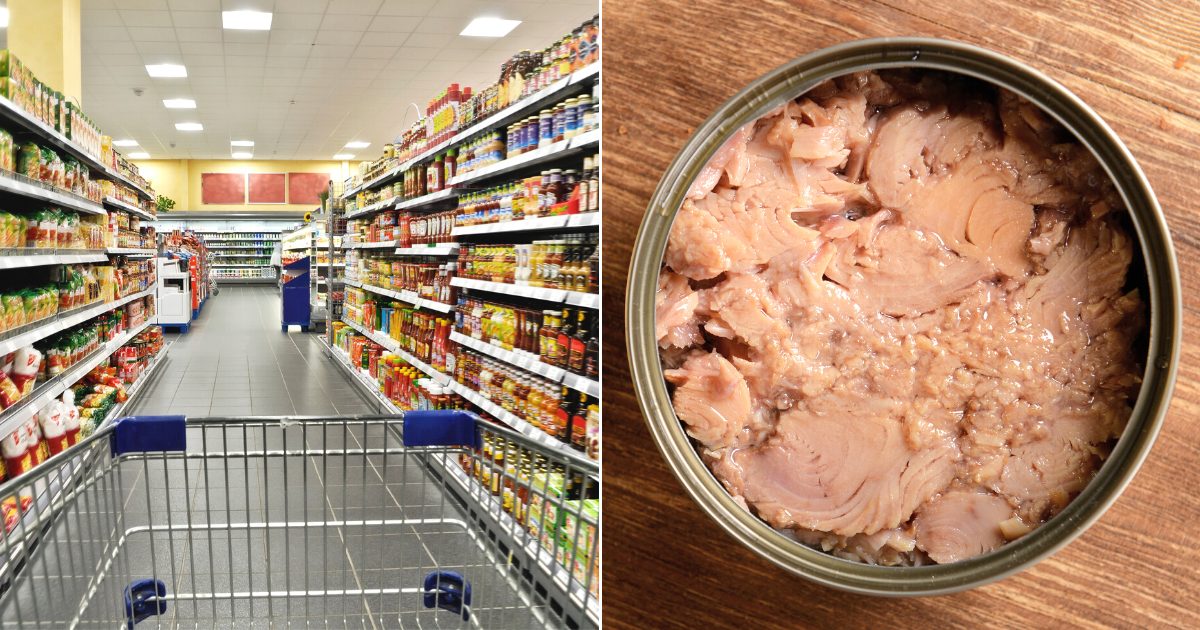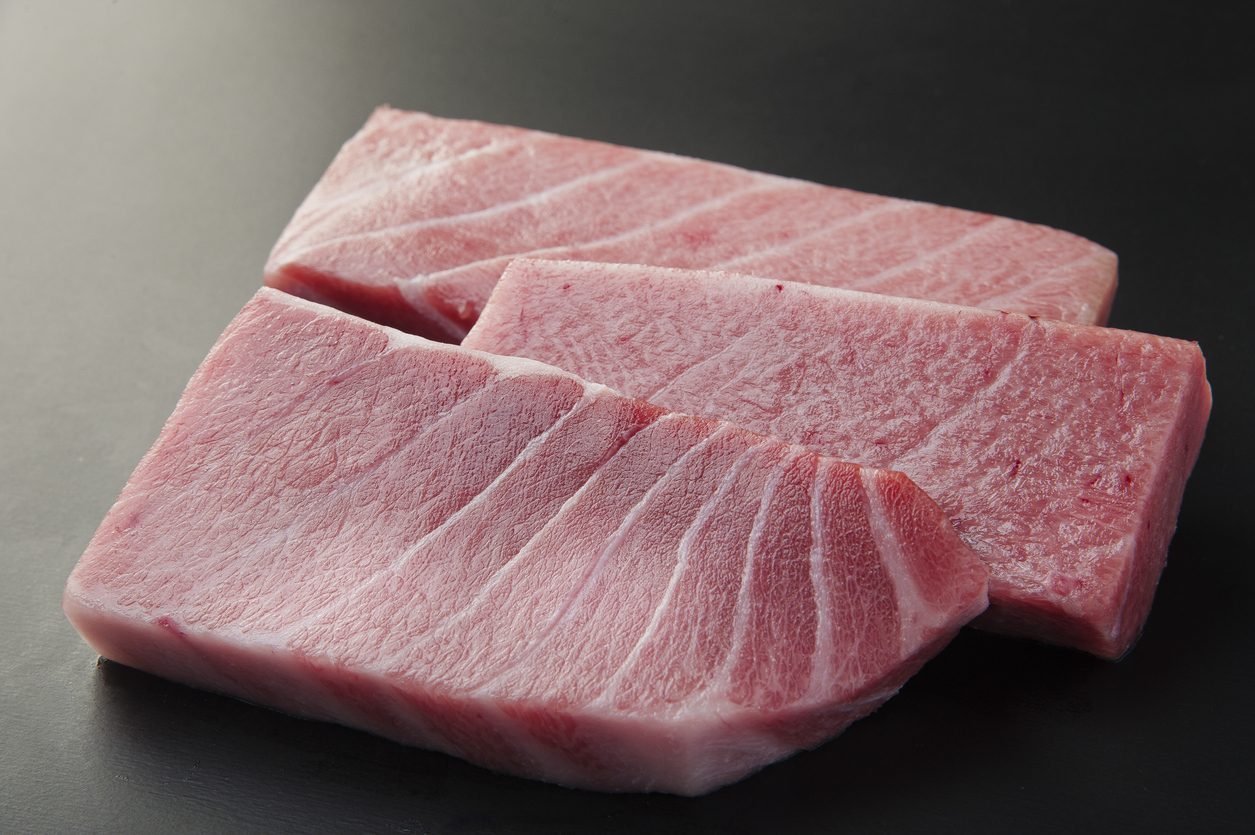Canned Tuna Is The Third Most Popular Seafood In The US But Watch Out For This Before Buying
Seafood doesn't only make amazing boiled down stew, they are potent sources of healthy omega-3 fatty acids, and the USDA and the American Heart Association both recommend eating at least 8 ounces a week (2-3 servings). But did you know that, despite being heavily processed, canned tuna ranks behind shrimp and salmon as the third most popular seafood in the United States, with a market value of $1.5 billion.
;)
Tuna is not a single species of fish. “Tuna” is an umbrella term that encompasses sixty-one species scientists often categorize as “tuna and tuna-like fish.” Of these sixty-one, only fourteen are considered true tuna. And of the fifteen that are sold commercially or caught for sport, usually, just three varieties (albacore, skipjack, and yellowfin) are sent to the cannery.
Canned tunas are sold in two types: “white,” and “light” or “chunk light.” Chunk light does not refer to a specific species, but “white” means that it is albacore. “Premium,” “gourmet,” or “tonno” tuna often comes from yellowfin, although these cans represent a smaller share of the canned tuna market.
Before purchasing canned tuna, one of the points you have to keep in mind is the risk of mercury. All seafood is to some extent polluted by mercury emissions from coal-burning power plants and other sources, but tuna often takes the cake. These sleek, swift-swimming predators are responsible for nearly 40 percent of dietary exposure to mercury in the United States.
Mercury is particularly dangerous to fetuses, babies, and young children. For this reason, the FDA recommends that adults and children eat no more than one serving of yellowfin or albacore a week and no more than three servings of “light” or “chunk light” tuna a week. The good news is that mercury levels in some tuna populations are on the decline.

In addition to mercury contamination in tuna, conscious consumers may also want to consider how the species was caught as well as trends in its population. White tuna, for example, may not be the best choice on the sustainability front. Globally, albacore is considered a near-endangered species.
This is because some populations are overexploited and experiencing overfishing, and because cans often do not provide the location of catch, the consumer cannot tell if the albacore was taken from healthy or unhealthy stock.
Furthermore, another subject to consider is consulting consumer guides on tuna cans. Most consumers believe it is a lot of work to identify what type of tuna is in their sandwich, which is true because seafood labeling laws do not mandate producers of tuna to specify their specific species.

Fortunately, some producers are starting to make it a lot easier on consumers by providing sustainability information on can labels. Some of these also include links to the company websites, which offer detailed information on the producers’ products and policies to better help shoppers make smarter seafood choices.
For consumers looking to be more informed, there are also sustainability guides like the Monterey Bay Aquarium’s Seafood Watch, which rates seafood based on its environmental impacts. NOAA’s FishWatch is another helpful tool that provides comprehensive information about the abundance, biology, and management of different species.
;Resize,width=767;)
;Resize,width=712;)
;Resize,width=712;)

